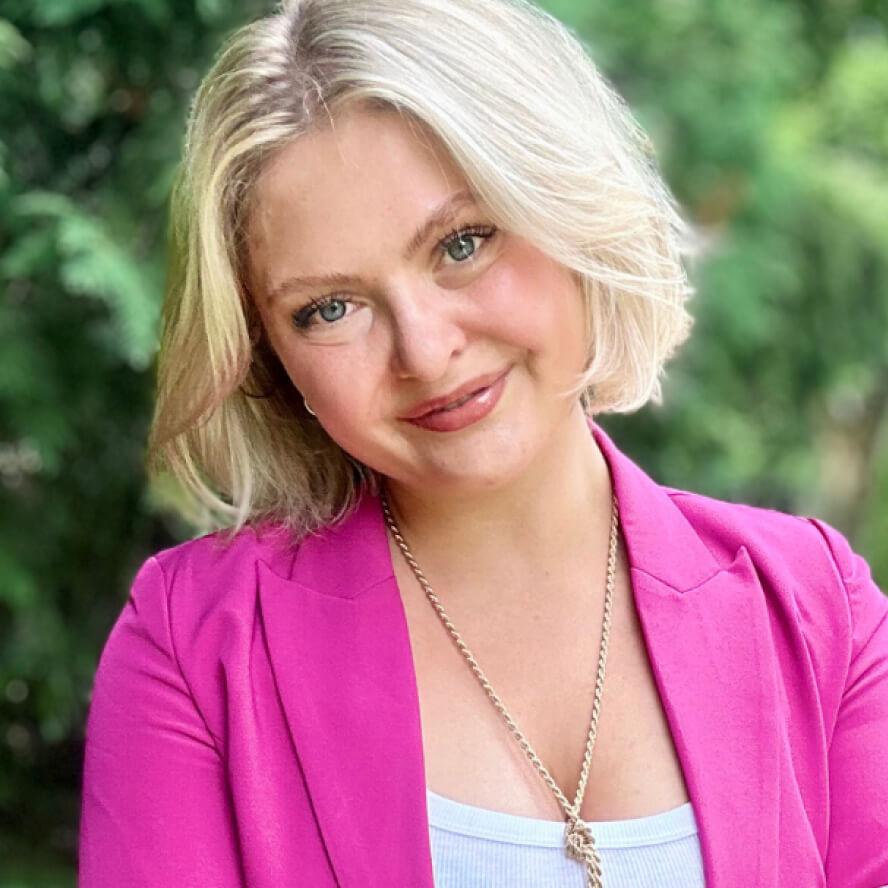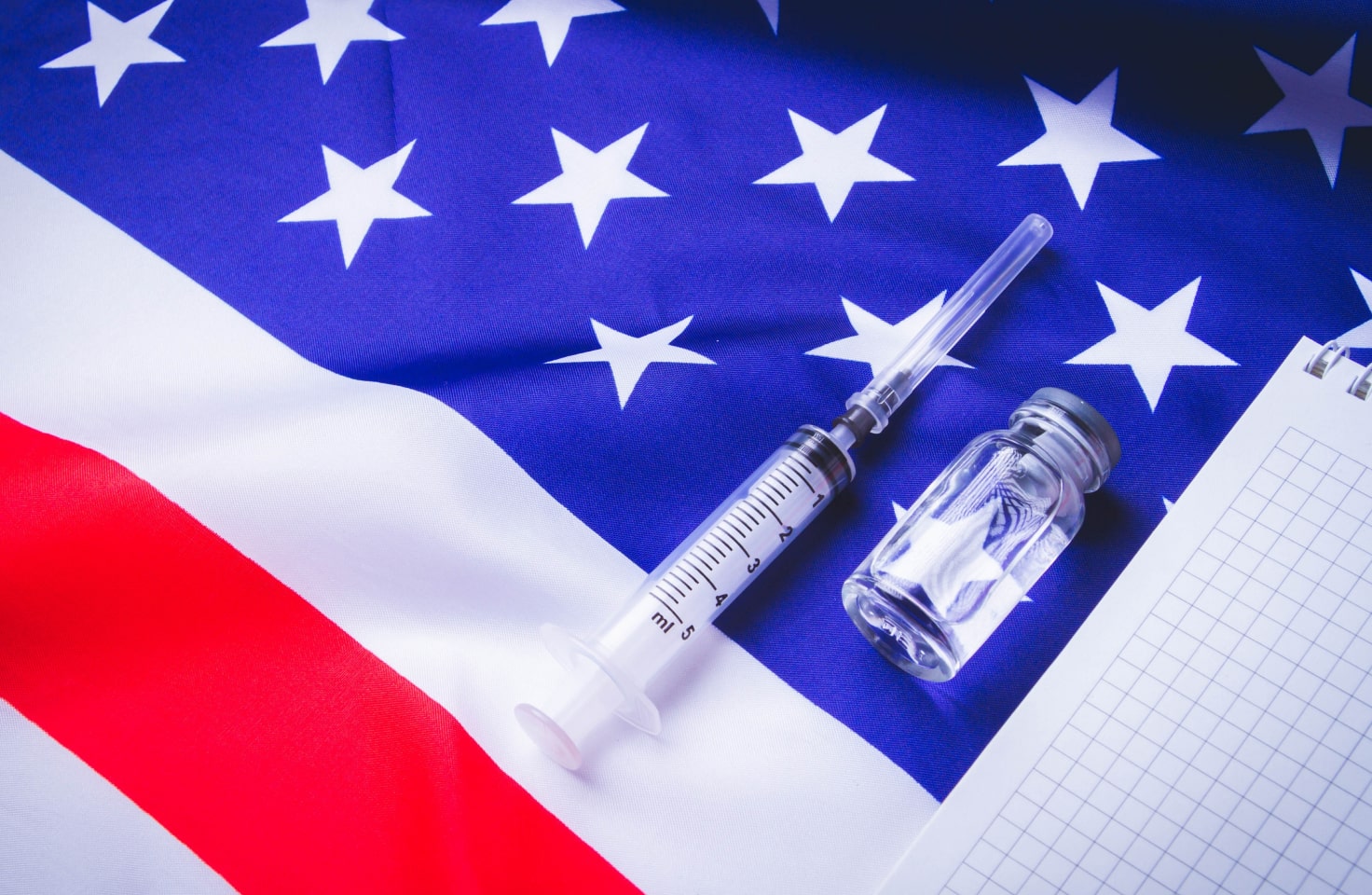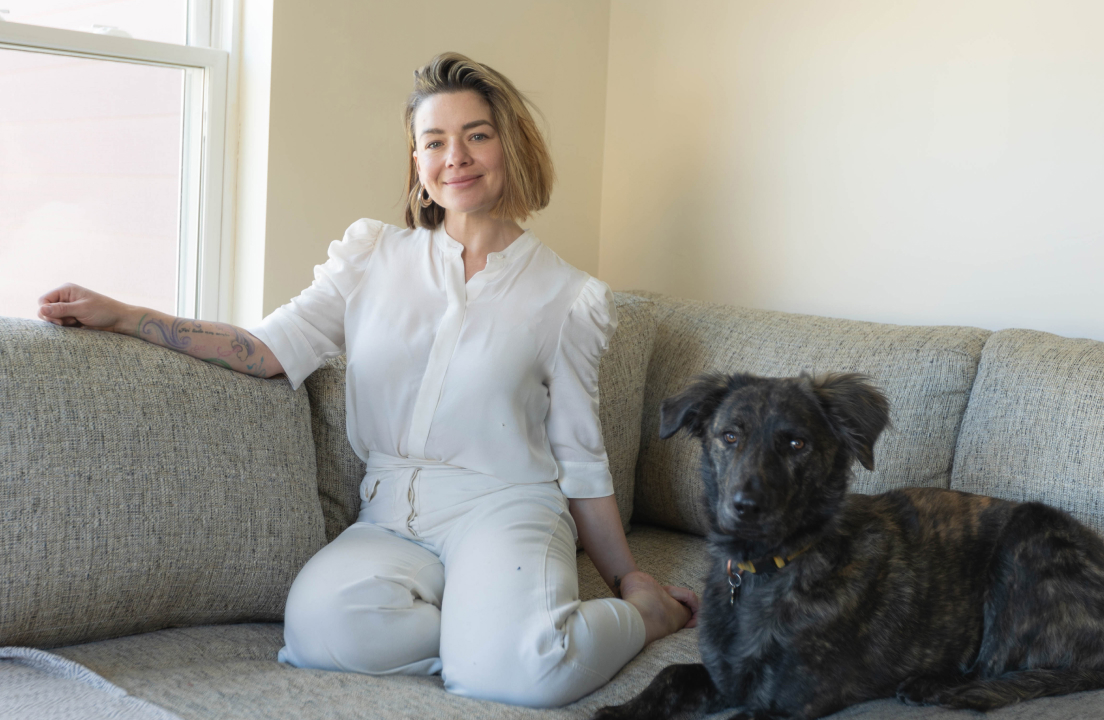T1D Guide
T1D Strong News
Personal Stories
Resources
T1D Misdiagnosis
T1D Early Detection
Research/Clinical Trials
Diabetes Wellness Coach Falyn Shilts Shares Tips for Healthy, Holistic Living
We’ve all heard the analogy that compares diabetes to keeping a balloon in the air. Most doctors treat diabetes by treating your numbers. What’s your A1c? What are your daily glucose levels? Wellness coach Falyn Shilts says it’s much more than a numbers game. Diabetes impacts an individual emotionally and mentally as well as physically, and what you put into your body matters more than you think.

Entrepreneur and lifestyle wellness expert Falyn Shilts shared her health and nutrition information and how you can make essential changes today. Also, she discussed how ‘diet’ ‘low calorie’ options may do more harm than good.
About Falyn Shilts
Born in Toronto and raised in Coral Springs, Florida, Shilts was diagnosed with type 1 diabetes (T1D) at age 14. She had no family history of the disease when she began exhibiting the classic symptoms: frequent urination, extreme lethargy, and intense weight loss.
“I went from a size five to size zero; zeros were big on me,” said Shilts. “It was New Year’s Eve, 1996, and I can just remember dying of thirst, saying to my mom, I need water, I need water.” They booked a doctor’s appointment with her general practitioner, who confirmed she had T1D.
“At the time, there were no CGMs (continuous glucose monitors), so I had to prick my finger and do shots.” Fortunately, her medical team was progressive enough to tell her despite her diagnosis, she could do anything she wanted to do in life. Shilts is still in contact with one of her nurses to this day.
Shilts took control of her condition as a teenager and told herself the adverse complications of T1D would not happen to her.
She received her bachelor’s degree from the University of South Florida in Tampa, studying kinesiology and exercise science, and her master’s in business administration from Nova Southeastern University. She is a licensed diabetes paraprofessional with the Association of Diabetes Care & Education Specialists (ADCES) and an outreach volunteer for Breakthrough T1D (formerly JDRF). Shilts worked for the Diabetes Exercise Institute before moving to New York City, where she worked in consumer marketing.
“Health and wellness has always been a passion of mine,” said Shilts, who now lives with her family in Jacksonville, Florida. “I attribute a healthy lifestyle to my parents, who ate healthy and exercised.”
So Much Misinformation
While living in New York, Shilts watched others of all ages and sizes run the NYC Marathon and thought it would be incredible to say she was able to run a marathon living with type 1 diabetes. She decided to run her first marathon soon after completing her second half marathon in 2022, and was ready for the next challenge. At the time of her training, an endocrinologist told her not to run the race. "She said, 'I don't think you should do this, it's not safe,'" said Shilts. "'Do you have a doctor going with you?’" she asked.
The incident became one of the reasons Shilts is so forthcoming about her diabetes and decided to help others. “It really started through my pregnancies.” Shilts has four beautiful children aged 14, 13, 8 and 5.

The lack of knowledge surrounding type one baffled her. At a pregnancy check-up, one nurse asked why she wasn’t doing the glucose tolerance test despite having T1D. “I already have diabetes!” Shilts said.
Also, at the time of her first delivery, her doctor gave her a sliding insulin scale to take to the hospital. After giving birth, a nurse said, “Okay, you need to take 10 units.” But Shilts stopped her, replying, “I’ve never taken 10 units in my life—I will pass out!”
“People really don’t understand or know this disease.” That moment changed the whole scenario for Shilts, who chose to make decisions about her own health.
It’s a Personal Choice
After Shilts' third pregnancy, she went to a nurse practitioner at her endocrinology office for help. “My blood sugars were a little all over the place, and I was wanting to drop some weight. They gave me a medication for type 2, which is already off the market.” After reading the warnings and side effects of the drug, which included cancer and thyroid disease, she resolved to combat her symptoms naturally.
“Unfortunately, in some cases, what is being marketed is keeping us sick and on medications,” said Shilts. “I would drink Diet Coke and sparkling Ice drinks, anything without carbs, but these are loaded with chemicals. Once I started cleaning up what I ate and drank, learning what this stuff does to my body, my health transformed, and I lost around 20 pounds.”
Marathon Runner with BeyondType1
In 2022, before her 40th birthday, Shilts ran the NYC Marathon with BeyondType1. Comparing to her wedding weekend, Shilts said it was probably one of the best weekends of her life. “Being with 50 other type ones, we were the only charity where everyone on the team was living with the disease. It was a very special experience.”
“I’ve done runs where my blood sugar was perfect, but that day, it was 300; because of the adrenaline and stress, I could not get it down.”
Shilts recently signed up for the Chicago Marathon in October with Breakthrough T1D. “Now that my daughter has it, too (Shilts daughter Macey was diagnosed at age three), it has an even more meaningful purpose.”
Mother and Daughter T1D Warriors
“I’ve never screened my kids; I mean, honestly, I never thought to because I’m the only one in my family with it, but similar to me, she had all the symptoms.”
It was Memorial Day weekend, and Shilts’ family was staying at a lake house when she first noticed her daughter chugging water bottles. "I just knew she had it. We were there for four days; she had lost weight and couldn't hold her bladder. She had every symptom like I did."
“We drove right to the hospital, and she started on multiple daily injections (MDI),” said Shilts. “Macey wouldn’t put on a CGM, and I just thought when she’s ready, she will, and sure enough, one day, she decided, ‘I don’t want to prick my finger anymore.’”
Today, both mother and daughter wear the Omnipod insulin pump and G7 CGM. “It’s so easy and good for her.” Personally, Shilts said she goes back and forth from the pump to shots. “When my body needs a break, I switch to Tresiba and Novolog pens. It’s important to learn what works for you and your body.”

Shilts, who’s had diabetes for 29 years, said having a child with diabetes was a learning curve. “I had to learn treating a low for adults (the 15/15 method) is different. After treating her low, she was shooting up so high." Shilts realized they don’t need as many carbs to raise a low. But each case is different.
Around this time, Shilts decided to help individuals with diabetes live healthy and sustainable lifestyles.
The Lifestyle Academy
“When I started cleaning up my eating and seeing results, I began hearing how people struggle. I started sharing videos on Facebook and LinkedIn, and so many people seemed to have questions, especially parents because I’m living with it, and now I have a kid with it. They want to know what it feels like to be low and if the Dexcom hurts. So I’ve been connecting with so many parents.”
In addition to her wellness coaching, Shilts is partnered with Melaleuca, The Wellness Company, where she is a top Marketing Executive. “The programs offered support people with type 1 and type 2, and it just pulls everything together,” Shilts said. “It simplifies health, getting things that actually work.”
Shilts coaching provides healthy meal plans along with the store’s nutritious supplements. “With the supplements I recommend, clients have improved key health markers, dropped so much weight and gone off medication,” Shilts said. “It’s really just learning how to lead a healthy and sustainable lifestyle. I want to assist people in a natural way so they don’t have to be on medications their whole life.” (Here, Shilts is referring to type 2 diabetes, which can sometimes be treated with diet and exercise, not type 1 diabetes, an autoimmune disease where the only treatment is insulin therapy.)
The World is Changing
Shilts, who is in several T1D mom groups, said the amount of babies under one year getting diagnosed is really alarming. According to the Lancet, diabetes is on the rise globally, and more than 1.31 billion people could be living with diabetes by 2025. Also, the American Diabetes Association (ADA) reports more than half of all new cases of type 1 diabetes occur in adults.
More and more people are wearing CGMs without diabetes to track how food affects their hormones and weight loss. “But they can get hung up on the numbers—it’s normal to have a little fluctuation.”
“Having diabetes is more than counting carbs and exercise. It’s a lifestyle that encompasses many aspects-mindset, focus and community… because YOU are more than a number!” Falyn Shilts

Shilts’ Healthy Habit Challenge
If you struggle to balance your diabetes, life, work, relationships, glucose readings, burnout, diet and exercise, Shilts’ holistic approach blends practical wellness strategies with tailored nutrition, fitness, supplementation and mindset guidance.
In addition to working with clients on managing life with diabetes, Shilts creates personalized programs that resonate with clients, using storytelling and motivation to inspire real change.
Shilts believes that besides the food we put into our bodies, the daily products we wear and use (laundry detergent, lotions, perfumes, and cleaning supplies) affect our well-being. Switching to a healthier lifestyle with safer options is possible.
Sugar-Free is a Loaded Option
One of Shilts’ health tips is to steer clear of sugar-free beverages and food. Sugar-free options can have hidden dangerous chemicals that do more harm than good.
“Cutting back on sugar is definitely a great move to make, but replacing it with artificial sweeteners does not help the process,” Shilts wrote in a blog post, noting, “I am not a physician, but I am speaking from personal education, background and experience.”
Shilts said it’s usually a red flag when you notice a long list of ingredients you have trouble pronouncing. “The items may not directly raise your blood sugar, but over time, it affects the balance of healthy bacteria in your intestines that may directly affect insulin sensitivity and appetite hormones.”
Artificial sweeteners to be wary of:
- Sucralose (Splenda)
- Aspartame
- Sorbitol
Shilts said there are safer alternatives if you want to cut out sugar, citing erythritol and stevia, which have no adverse effect on blood sugar, cholesterol or insulin resistance. Studies show erythritol has a positive influence on people living with diabetes. Shilts credits cutting these ingredients from her diet, increased her energy and lessened her crazy blood sugar fluctuations.
Diabetes is More than a Number, It’s a Mindset
Wellness is so much more than just your exercise and what you eat,” said Shilts. “A big part of living with this disease is mindset and having a supportive community. We’re so fortunate to have these groups we can plug into. If someone is doing what you want to do, connect with them and ask for advice because learning from other people with this disease is so important. I’ve made such great friends online.”
Shilts reminds us that we are our own best advocates and that we are in control of our bodies. Orders on a sliding scale do not work for each person the same way.
Shilts encourages newly diagnosed T1Ds to adopt healthier, sustainable habits. “I always tell people this is a marathon. You can’t get hung up on numbers. Day by day, hour by hour, just learn to do things that make you feel good. Take a walk, exercise, get your hair done. You can live a long, healthy life if you make health goals a part of everyday life.”


.webp)





.webp)
.jpg)
.jpeg)
.jpg)
.jpg)
.jpg)
.jpg)

.jpg)


.jpg)
.jpg)
.jpg)

.jpg)
.jpg)

.jpg)
.jpg)
.jpg)


.jpg)

.jpg)
.jpg)
.jpg)
.jpg)
.jpg)

.jpg)
.jpg)



.jpg)
.jpg)
.jpg)

.jpg)
.jpg)




















.jpg)



.jpg)



.jpg)












.webp)





















.webp)







.webp)